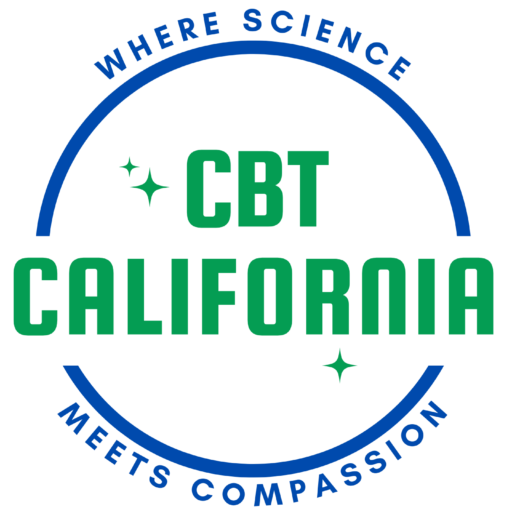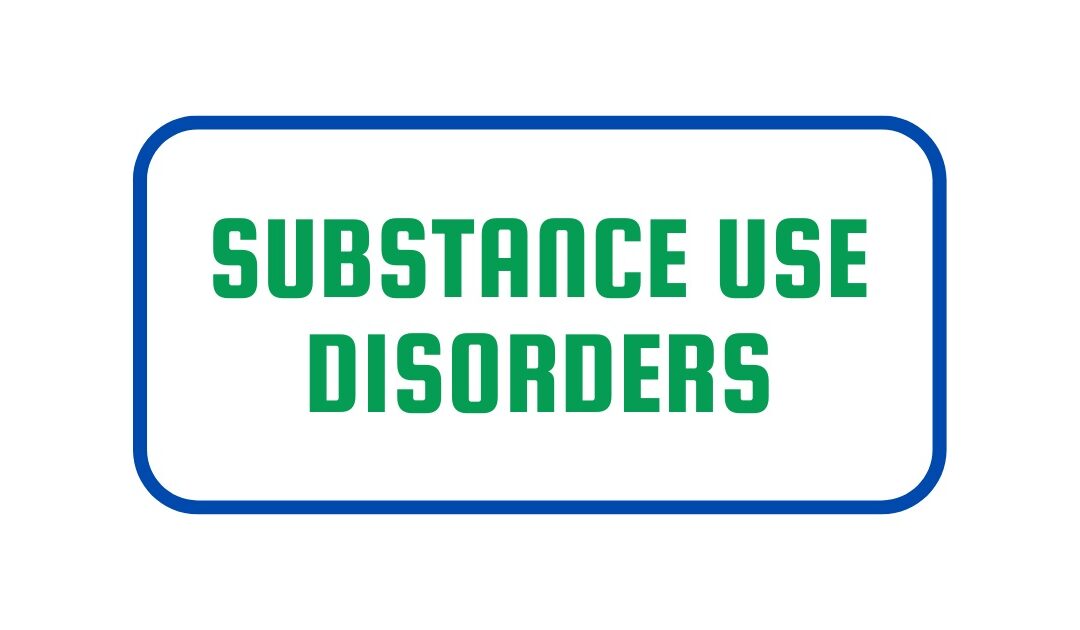Addiction: A primary, chronic, and neurobiologic disease with genetic, psychosocial, and environmental factors influencing its development and manifestations. One or more of the following behaviors characterize addiction: impaired control over medication use, compulsive use, continued use despite harm, and craving.
What is the difference between Substance Abuse and Addiction?
The Diagnostic and Statistical Manual of Mental Disorders IV-R describes abusers as those who abuse substances despite recurrent social, interpersonal, and legal problems as a result of using. Harmful use implies substance use that causes either physical or mental damage.
Abuse and addiction are not the same. Abuse always comes before addiction, which is chronic and treatable. Also, abuse starts when there is a conscious decision to abuse substances. Used too often, the individual eventually craves the substance because physical changes in the brain haven’t taken place. Substances interfere with the brain’s natural processes by making both temporary and structural changes in brain cells. Substance abuse can affect mood, memory, thinking, and even motor skills such as walking. When this happens, drug abuse turns into addiction. People who are addicted have a compulsive craving and cannot quit by themselves.
What are the signs and symptoms?
Physical Signs:
- Loss of/increase in appetite, any changes in eating habits
- Unexplained weight loss or gain
- Poor physical coordination
- Inability to sleep, awake at unusual times, unusual laziness.
- Red, watery eyes; pupils larger or smaller than usual; blank stare
- Cold, sweaty palms; shaking hands
- Puffy face, blushing or paleness
- Smell of substance on breath, body or clothes
- Extreme hyperactivity; excessive talkativeness
- Runny nose; hacking cough
- Needle marks on lower arm, leg, or bottom of feet
- Nausea, vomiting or excessive sweating
- Tremors or shakes of hands, feet, or head
- Irregular heartbeat
Behavioral Signs:
- Change in overall attitude/personality
- Changes in friends or social circles
- Change in activities or hobbies
- Drop in performance at work or school
- Change in habits at home; loss of interest in family
- Difficulty in paying attention; forgetfulness
- General lack of motivation, energy, self-esteem
- Sudden oversensitivity, temper tantrums, or resentful behavior
- Moodiness, irritability, or nervousness/giddiness
- Paranoia
- Excessive need for privacy
- Unreachable/secretive or suspicious behavior
- Problems with the law
- Chronic dishonesty/stealing
- Change in personal grooming habits
- Possession of drug paraphernalia
What causes substance abuse/addiction?
While some researchers would say that there are a specific number of personality traits that precede the development of substance abuse, one cannot predict with certainty that any personality traits predispose a person to abusing substances. Therefore, we cannot determine with confidence that, based on someone’s personality alone, they will become a substance abuser.
The medical model claims that addictions are a disease. This model states that addiction is an inherited disease, and an addicted individual is permanently ill, at a genetic level. The medical model also believes that like other medical diseases the person will remain ill even after years of sobriety.
The Dual Diagnosis philosophy dictates that addiction is a dual problem consisting of both physical and mental dependency on chemicals, combined with a pre-existing mental disorder and that the mental disorder needs to be treated first as the primary cause of the addiction. This philosophy supports the idea that chemical dependency leads to chemical imbalances in the neurological system, which would be then a substance induced imbalance.
What treatments are available?
Cognitive Model of Addiction (CT)
This theory is based on Aaron T. Beck’s work that examined thoughts as the originating factor of any behavior. An individual’s behavior and affect are determined by his or her view of the world and the way they structure their world. Beck’s work also explored what he called a “schemata.” That is a stable, mental representation of experiences that are involved in the evaluation of information. Basically, thoughts are interpreted based on experiences and activating emotions when new situations and events arise.
Abnormal or dysfunctional thinking occurs when systematic distortions are applied to the new incoming situations or events affecting motivations, actions, and feelings. CT is utilized to change these cognitive distortions by assisting the client to change one’s actions, motivations, and feelings by assisting the client in challenging their own dysfunctional cognitive processes.
There are many reasons people use and abuse substances; they range from pleasure, creativity, experimentation, relief from sadness, anxiety or even boredom. It is the underlying belief in any reason for substance use that shape the physiological sensations linked to the cravings and usage, and eventually addiction.
Understanding addicted behaviors
These addicted behaviors are shaped from core beliefs that have to do with personal survival, autonomy, and freedom. An addict’s beliefs, in all three of these areas are dysfunctional. The dysfunctional thought patterns seem to take over, and, as the person becomes addicted, the drug appears to take control of the individual. The obstacle in addiction is eliminating the person’s dysfunctional beliefs that they hold about the substance. These dysfunctional beliefs can range from fear of side affects to the belief that they cannot function without the substance. Changing the maladaptive beliefs, thought patterns, and schemas are at the core of the CT approach for substance abuse and addiction. These beliefs must be changed in order for long-term behavioral change and sobriety.
In CT, patients are taught to face the source that is leading to their emotional distress and to change the beliefs that substances can assist in the mending of these or any other problems. This is done by reducing the intensity and frequency of the urges by exploring the underlying beliefs and to teach the patient techniques for managing and controlling their urges. In all areas, the individual’s faulty beliefs about people, events, and their views on drug and alcohol use need to be fully examined.
Acceptance and Commitment Therapy (ACT)
ACT, a form of CBT, uses a wide range of experiential exercises to examine the power of destructive cognitive, emotive, and behavioral processes that have contributed to and maintain substance abuse problems. It helps clients to fundamentally change their relationship with painful thoughts and feelings, to develop a clearer sense of self, to live in the present, and to take action, guided by personal values, and to create a rich and meaningful life without the use of substances.
ACT takes the view that most psychological suffering is caused by ‘experiential avoidance’, i.e. by attempting to avoid unwanted private experiences, such as unpleasant thoughts, feelings, urges and memories. The individuals efforts at experiential avoidance might work in the short term, but in the long term they often fail, and in the process, they often create significant psychological suffering. In individuals with substance abuse disorders or any serious addiction: in the short term, the substance of choice makes a person feel good and helps rid of unpleasant thoughts and feelings – but in the long term, it destroys their health and vitality.
In ACT, clients develop “mindfulness skills” which enable them to fundamentally change their relationship with painful thoughts and feelings and the connection these thoughts and feelings have with substances. When clients practice these skills in everyday life, painful feelings and unhelpful thoughts have much less impact and influence over them. Therefore, instead of wasting their time in a battle with their inner experiences, they can invest their energy on taking action to change their life for the better – guided by their deepest values and absent of drugs and alcohol.
Emotion Regulation and Mindfulness
Growing literature is supporting the importance of emotional regulation in the treatment of substance abuse. Research has mainly been done on nicotine cessation however, since nicotine and other psychoactive substances, such as cocaine, activate similar psychopharmacological pathways, an emotion regulation application may be applicable. This model focuses on negative reinforcement as the primary driving force for addiction. Patients are encouraged to identify and recognize their negative and emotional states and prevent the maladaptive, impulsive, and compulsive responses that they developed to deal with them. In the cases of addiction, these responses would be abusing substances. Like CBT this approach involves the thoughts involved in maladaptive and dysfunctional emotional states, but the focus here is the reaction to those states. Therefore, this could be used in conjunction with CBT if found effective.
Motivational Enhancement Therapy (MET)
MET is based on the principles of motivational psychology and is designed to produce rapid internally motivated change. This treatment employs techniques that mobilize the individual’s own change resources. CBT and MET share a focus in the beginning of exploration early in treatment of what the patient stands to lose and gain through continued substance use as a strategy to build on the patient’s own motivation to change the substance abuse. However, unlike CBT, it does not maintain that learning and practice of specific substance-related coping skills promote abstinences, but instead believes that motivation to use available resources is the patient’s responsibility and therefore no training is needed. For this reason MET would work most efficiently when combined with CBT because of the focus on the different aspects of the change process.
Can Patients with Substance Abuse and Addiction have other illnesses?
As mentioned in “What causes substance abuse and addiction,” many individuals with a substance abuse problem also suffer from a psychological/mental disorder. The combination of the two tends to complicate the diagnosis and treatment. When other disorders are present, the need to have multiple aspects of treatment increases significantly. Often times psychotropic medication is needed to treat a mental disorder before you can begin to work on the substance abuse problems, because many individuals chose to self medicate their mental disorders with drugs and alcohol. CBT can be combined with pharmacological treatment and has been found to be effective in the reduction of substance abuse.
Where can I get more Information?
Websites:
- National Institute on Drug Abuse (NIDA) (https://nida.nih.gov/)
- Substance Abuse (www.drugfree.org)
- Substance Abuse and Mental Health Service Administration (SAMHSA) (www.samhsa.gov)
- Alcohol and Substance Abuse (www.mentalhealth.net)
Books for Patients and Families:
- Anonymous (2002). Alcoholics Anonymous: The Story of How Many Men and Women Have Recovered from Alcoholism. Fourth Edition New York: Alcoholic Anonymous World Services, Inc.
- Black,C. (2002). It will never happen to me: Growing up with addiction as a youngster, adolescents, adults. Bainbridge Island: MAC Publishing.
- Johnson, V. (1973). I’ll quit tomorrow. New York: Harper & Row
- O’Neil, J.T. & O’Neil, P. (1989). When Your Loved One Wont Quit Alcohol or Drugs. Oakland, California: New Harbinger Publications.
Books for Clinicians:
- Beck, A.T., Wright, F.D, Newman, B.L (2001). Cognitive Therapy for Substance Abuse. New York: Guilford Press.
- Nace, E & Tinsley, J. (2007). Patients with substance abuse disorders: Effective identification, diagnosis and treatment. New York: Norton and Company.
- Smith, D & Seymour, R. (2001). A clinicians guide to substance abuse: New York: McGraw-Hill Press.
Referrals to Cognitive Therapy in Your Area:
Academy of Cognitive and Behavioral Therapies (www.academyofct.org)

